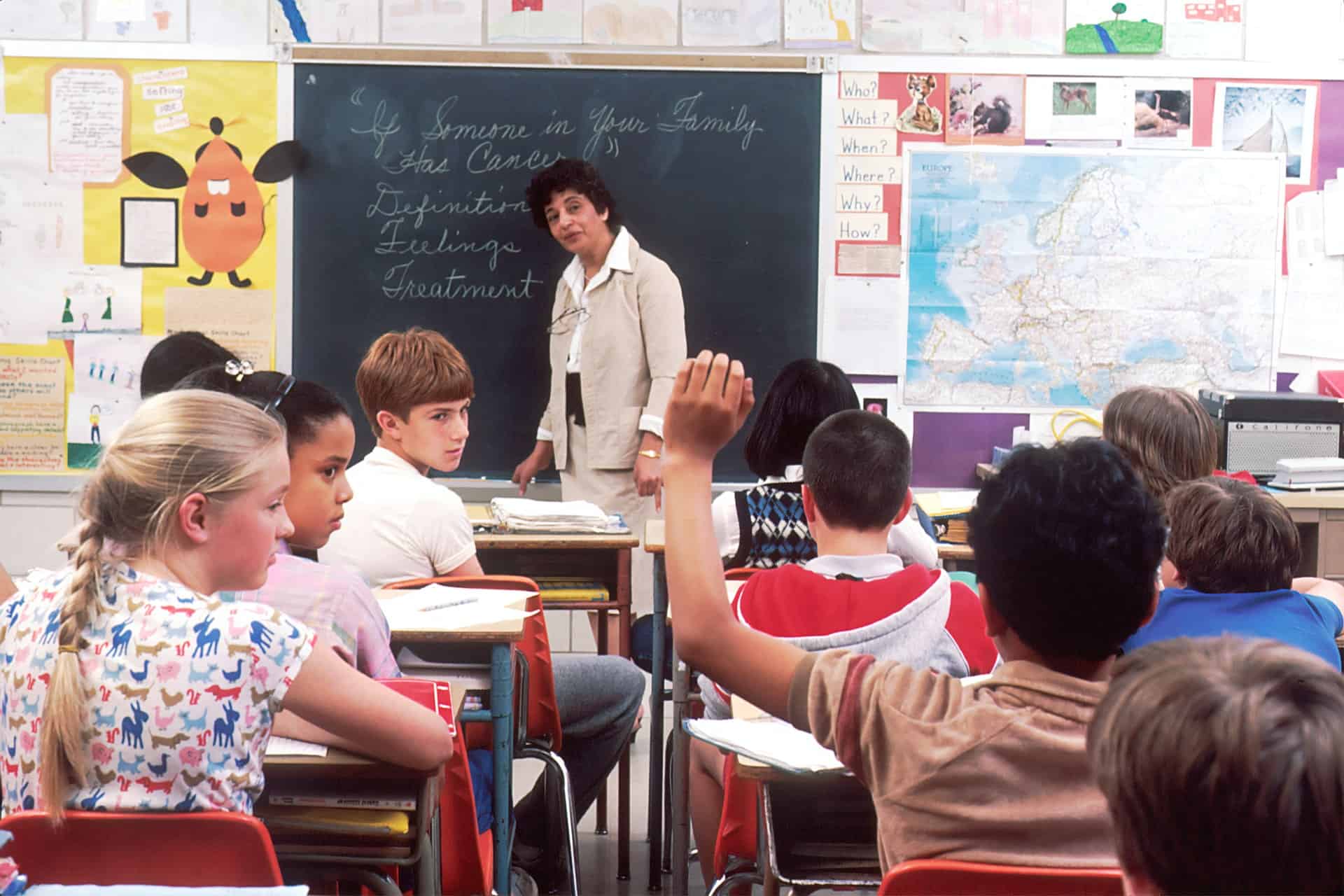The relationship between an educator and student is a critical factor for a child’s development. A strong educator relationship can drastically enhance a child’s growth, achieving long-term, positive implications for their social, academic, and emotional well-being.
While the relationship alone doesn’t promote good academic performance, it’s the supportive and fostered relationship of these teachers that can lay the groundwork for children to excel at school at their current level and later in life.
What Does a Good Educator Relationship Look Like?
A good educator knows the importance of creating an environment that upholds their student’s dignity and promotes positive growth. A teacher should be able to show genuine care and support for each of their students, regardless of whether they’re in their elementary years or older. They should also be approachable and ready to lend a helping ear to students who are experiencing difficulty in academic, social, and developmental factors.
For example, a strong relationship can be observed when a teacher can notice personal obstacles that may be hindering their student’s education. Maybe the child is struggling with separation anxiety from his or her parents, bullying, or a lack of interest and engagement in class. An educator can offer guidance and support through these struggles while helping them feel less isolated.
How to Promote Positive Interactions With Students?
There are various ways to create a conducive learning environment for children. Here are some ways you can start:
- Know your students. Get to know their interests, strengths, and challenges in particular classes. Also, get to understand how they feel about themselves and their motivations. Establish rapport and open communication lines for them to feel comfortable around you.
- Provide feedback. Ensure students know where they stand with you and what to expect from your class. They should be aware of their strengths and weaknesses and what your role as a teacher is throughout their development.
- Foster a positive classroom environment. Make sure the learning space is friendly and free from physical, emotional, or risks that can set back a child’s growth. Foster a sense of community where forming genuine connections is possible, all while remaining grounded on a learning experience.
- Practice respect for each person. No one should be above anyone else, and students should feel that their opinions matter. Ensure everyone is treated with respect and kindness, not only to positively impact a student’s self-worth but also as a way to model positive behavior that they can replicate.
All the ways mentioned above encompass the things a key educator does in a classroom setting. The key educator approach is a teaching philosophy that upholds a child’s sense of security within a group experience. This extends to physical needs for schoolchildren at the toddler age, helping with toileting, dressing, and diaper changing.
Why Follow the Key Educator Approach?
The key educator approach is beneficial to all parties responsible for a child’s development. This includes the parents, educators, and the children themselves. As a parent, your main benefit is having peace of mind knowing that your child is following an appropriate teaching approach that can help them grow into ideal future citizens.
For more conclusive reasoning as to why this is the case, here are some benefits of this approach:
- Instill confidence in children. In the key educator mode of education, there’s a sense of familiarity that the children can attain with their primary educator. The educator takes steps to build up confidence within the child, allowing them to gain the necessary prerequisites to develop a solid identity that can be carried throughout the years.
- Promote a healthy attachment style. Most notably during the toddler and pre-K years, instilling a healthy attachment style can grant students the ability to have healthier relationships and conduct themselves appropriately during social situations.
- A stronger relationship. In alternative approaches, there’s a high likelihood of more than one educator taking turns in caring for your child. This method may not be ideal for a toddler to establish a secure bond with someone they can really trust. With just one key educator, there’s a higher chance for them to notice minor changes in a child’s behavioral patterns, giving them a better chance of addressing the situation.
- Enriched learning. With this approach, there’s a fundamental understanding that children have different learning styles. There may be some intersections between personalities and interests; but at its core, educators are trained to figure out a child’s preferred learning style and uphold it when possible.
With all this in mind, it’s easy to see why the key educator approach is so beneficial for everyone involved. It takes careful steps to meet all parties’ needs and concerns, promoting a healthy sense of security for the children.
How are Children Like Under the Key Educator Approach?
With the right early childhood education principles, a child can develop better emotional regulation and social skills, alongside enhanced learning capabilities. Children will learn how to better engage with adults and peers alike – allowing them to explore their surroundings and try new things with confidence.
For toddlers, a good educational foundation can cause them to cry less when isolated from their parents. They also have a better attention span and can interact and play for a longer period. Their tendencies towards aggression diminish, and they’re more inclined to be independent.
